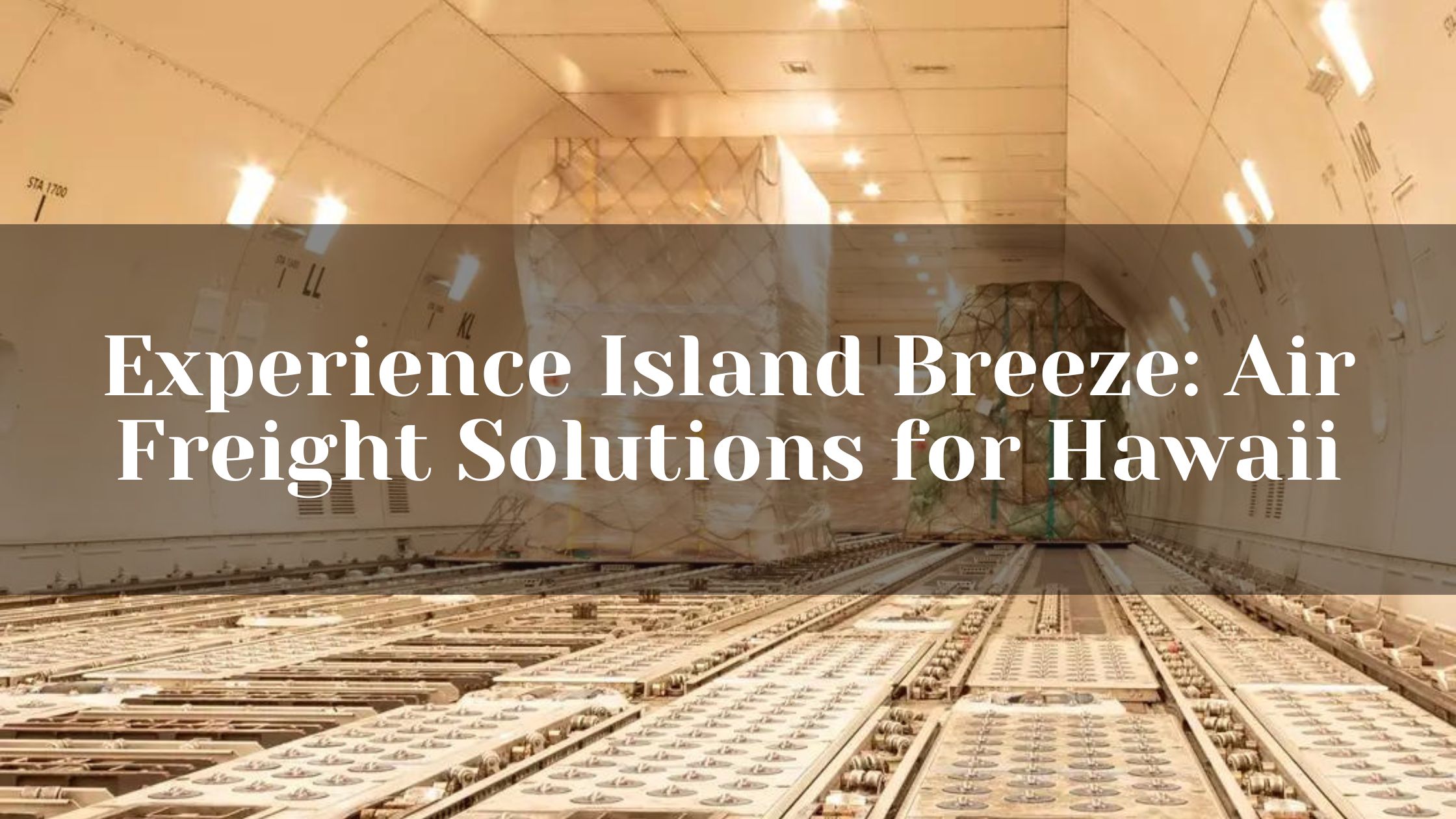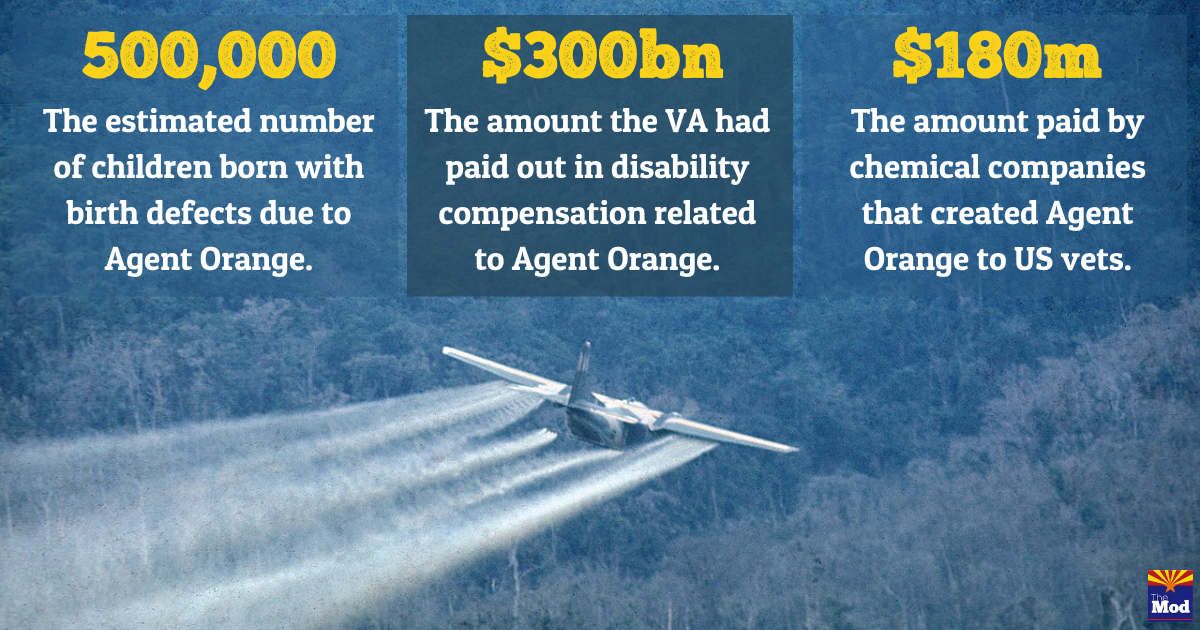Shipping goods to Hawaii presents unique challenges due to its geographical location in the middle of the Pacific Ocean. Whether you’re a business owner looking to move products or an individual needing to send a personal shipment, understanding the ins and outs of air freight to Hawaii is essential. This guide will provide an overview of air freight solutions, how to manage the shipping to Hawaii cost, and tips for ensuring your goods arrive safely and on time.
Why Choose Air Freight to Hawaii?
Hawaii’s remote location makes air freight one of the most reliable and efficient shipping methods. While sea freight is another option, Air freight Hawaii offers distinct advantages:
-
Speed: Air freight is the fastest way to get goods to Hawaii. Shipments that might take weeks by sea can arrive within days via air, making it ideal for time-sensitive cargo.
-
Reliability: Air freight services typically offer more consistent schedules, reducing the risk of delays that can occur with sea freight due to weather or port congestion.
-
Safety: Air cargo is less likely to be damaged compared to sea freight. The controlled environment of aircraft cabins offers better protection for sensitive or high-value items.
-
Accessibility: Hawaii’s major airports, such as Honolulu International Airport (HNL), are well-equipped to handle a wide range of cargo, ensuring that your goods can be delivered anywhere on the islands.
Understanding Shipping to Hawaii Cost
The cost of shipping to Hawaii by air freight can vary significantly based on several factors. Here’s what influences the cost:
-
Weight and Volume: Air freight costs are generally calculated based on the weight and volume of the shipment. The heavier and bulkier the cargo, the higher the cost. However, because of the weight-to-volume ratio (known as the chargeable weight), lighter items that take up more space might be more expensive to ship than heavier, denser items.
-
Type of Goods: Certain goods, such as hazardous materials or perishable items, may require special handling, which can increase the cost. Additionally, fragile items may need additional packaging, adding to the overall expense.
-
Distance and Route: The cost of air freight can vary depending on the specific route and distance from the origin to Hawaii. Direct flights are typically more expensive, but they offer quicker delivery times compared to routes that require multiple layovers.
-
Service Level: The level of service you choose also impacts the cost. Express or expedited services are more expensive but ensure faster delivery. Standard services are more economical but may take a bit longer.
-
Customs and Duties: Although Hawaii is part of the United States, certain shipments may still be subject to customs inspections and duties, depending on the origin of the goods. It’s important to factor these costs into your overall budget.
-
Fuel Surcharges: Many air freight carriers include fuel surcharges in their pricing, which can fluctuate based on the cost of fuel. These surcharges can significantly impact the total shipping cost.
Tips for Reducing Air Freight Costs to Hawaii
While air freight is typically more expensive than sea freight, there are ways to manage and potentially reduce the cost:
-
Consolidate Shipments: If possible, consolidate multiple shipments into one to take advantage of bulk pricing. This is especially useful for businesses that regularly ship goods to Hawaii.
-
Optimize Packaging: Use efficient packaging to minimize volume and avoid shipping air. Choosing the right-sized boxes and reducing unnecessary packaging materials can lower the chargeable weight.
-
Plan Ahead: Planning your shipments well in advance can help you avoid the higher costs associated with last-minute air freight bookings. Additionally, flexible delivery dates might allow you to take advantage of lower rates.
-
Choose the Right Carrier: Different carriers offer different rates and services. Compare quotes from multiple air freight providers to find the best deal. Working with a freight forwarder can also help you secure better rates.
-
Consider Shipping During Off-Peak Times: Air freight costs can be higher during peak shipping seasons, such as the holiday season. If your shipment is not time-sensitive, consider scheduling it during off-peak periods.
-
Negotiate Rates: If you’re a frequent shipper, you may be able to negotiate better rates with your air freight provider. Establishing a long-term relationship with a carrier or freight forwarder can also lead to discounts.
Air Freight Process to Hawaii
Understanding the process of air freight to Hawaii can help ensure a smooth shipping experience:
-
Booking: The first step is to book your shipment with an air freight carrier or freight forwarder. Provide detailed information about the goods, including dimensions, weight, and any special handling requirements.
-
Documentation: Proper documentation is crucial for air freight. Ensure you have all necessary paperwork, including the air waybill, commercial invoice, and any required certificates (such as for hazardous materials).
-
Packaging: Proper packaging is essential to protect your goods during transit. Use sturdy, air-worthy containers and consider climate-controlled packaging if shipping perishable items.
-
Customs Clearance: Depending on the origin of the goods, your shipment may need to clear customs. Work with your carrier or a customs broker to ensure all customs requirements are met.
-
Transit and Delivery: Once your goods are in transit, tracking them is important to ensure they stay on schedule. Upon arrival in Hawaii, your shipment will be cleared by customs (if applicable) and delivered to its final destination.
-
Receiving the Goods: Upon receiving the shipment, inspect the goods for any damage or discrepancies. Report any issues immediately to the carrier.
Choosing the Right Air Freight Provider
Selecting the right air freight provider is key to a successful shipment. Consider the following when making your choice:
-
Experience and Reputation: Choose a provider with a strong reputation and experience in shipping to Hawaii. Check reviews and testimonials to gauge customer satisfaction.
-
Range of Services: Ensure the provider offers the specific services you need, such as expedited shipping, temperature-controlled environments, or special handling for hazardous materials.
-
Customer Support: Reliable customer support is essential, especially for time-sensitive shipments. Choose a provider that offers responsive and knowledgeable support.
-
Tracking and Communication: Real-time tracking and clear communication are vital for managing your shipment. Ensure the provider offers robust tracking tools and regular updates.
Conclusion
Shipping goods to Hawaii by air freight offers a fast and reliable solution, especially for time-sensitive or high-value items. While air freight can be more expensive than other shipping methods, understanding the factors that influence the shipping to Hawaii cost and following cost-saving strategies can help you find budget-friendly options.
By choosing the right air freight provider and optimizing your shipping process, you can ensure that your goods arrive safely and on time, allowing you to focus on the more enjoyable aspects of your business or personal endeavors in Hawaii. With careful planning and the right solutions, you can experience the ease of island shipping—just like a refreshing island breeze.




